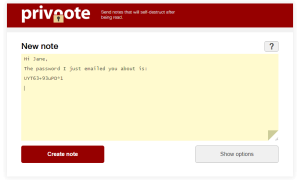Healing Sciatica And Nerve Pain With Spinal Flossing Movements
Many people suffer from a type of back pain known as sciatica. The sciatic nerve is the longest and widest nerve in the human body, and a problem in any area of the spinal cord or this nerve can lead to the condition of sciatica. This painful situation is far too common in the general public, even though the nerve roots have shown a remarkable ability to repair themselves. Unfortunately, a lack of understanding of the condition prevents many from getting better.
The sciatic nerve, the longest in the body, begins in the lower back and branches into both legs. It extends through the hips and follows the legs down into the feet and toes. When there is a problem further up in the spine, low back or hips that creates pressure on the nerve, pain and a loss of feeling can be experienced all the way down to the knee and toes. This is regardless of where the problem occurs, whether the nerve has a problem in the upper back, lower back, or wherever else. Our Awarded Spine Specialists are there to help you with all your Sciatica and Nerve Pain problems along with every other medical aspect. You can click on the link here to connect with some of the best spinal doctors in your region.
Sciatica is a condition caused by excessive tension of this sciatic nerve or of the nerve roots in the lower back. Pinching of the nerve at various locations can also lead to sciatica. Another cause is rough tissues impinging on the nerve or arthritic bone causing friction. Disc problems such as herniated discs, spinal stenosis, or extruded disc material can also harm the nerve and lead to the condition.
Symptoms of sciatica include pain that radiates down the lower back and can be felt in the hips, down to the knees, and even in the big toe. Numbness along the nerve can also be a symptom. Radiating pain, though, is one important situation to watch out for, especially if a back injury causes painful sensations in the knees or feet, as this may be an indication of nerve impingement. Anyone with such symptoms should see a doctor or pursue treatment that they find appropriate.
One poor treatment option, though, is stretching the muscles at the point of soreness. This can often exacerbate sciatica as the stretching just irritates the nerve further. And stretching muscles does not help much when the problem is not being caused by muscle stiffness but is instead a neurological (nerve) problem. It would be better to address the root cause of the pain, rather than just tugging on muscles in the general area.
This is why a program of spinal flossing is much better than simply stretching. Flossing operates on the suggestion that nerves can create a pathway for themselves as long as they can move. Tissues such as spinal disc material or arthritic bone can be dissolved over time by the nerve through this technique. Flossing involves working the nerve through whatever range of motion the patient can manage, as long as the movement is done without pain. Over time, the area of painless movement can increase.
Sciatica can be a very difficult medical condition to live with, and patients can work with their doctors to reduce pain and regain their old movement skills by knowing which methods to avoid and which to utilize. Excessive tension on the nerve needs to be addressed not through stretching muscles in the area that hurt, but by taking an approach to address the nerve itself and begin reducing the symptoms of sciatica.

































